Below is an excerpt from an article published in the winter 2017 edition of Interface.
By: Durga Misra, New Jersey Institute of Technology
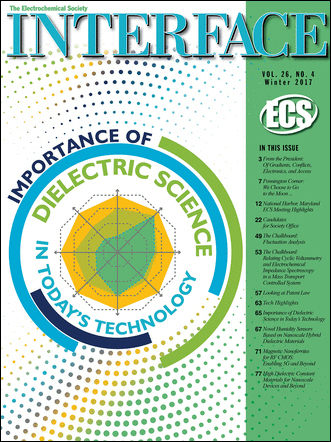 The explosive progress of information technology and 5th generation communication technology enables the introduction of the Internet of Things, where the network of physical objects—devices, vehicles, and buildings embedded with sensors, electronics, software, and network connectivity—permits these physical objects to collect and exchange data. The use of dielectric materials in sensors for a multitude of applications such as self-driving cars has made the dielectric science and technology research even more significant than before.
The explosive progress of information technology and 5th generation communication technology enables the introduction of the Internet of Things, where the network of physical objects—devices, vehicles, and buildings embedded with sensors, electronics, software, and network connectivity—permits these physical objects to collect and exchange data. The use of dielectric materials in sensors for a multitude of applications such as self-driving cars has made the dielectric science and technology research even more significant than before.
More than seventy years ago, in 1945, it all started with establishing the Electric Insulation Division in ECS to offer an interdisciplinary forum to discuss the science of the materials used for electrical insulation in power transmission. With the advancement of technology, when integrated circuits became popular, the division became the Dielectrics and Insulation Division in 1965. In 1990, it became the Dielectric Science and Technology Division due to extensive growth in electronic manufacturing technology. Today, the division still provides a strong interdisciplinary research environment.
In this issue of Interface we have focused on some of the current topics that are an integral part of current and future technologies.
(more…)
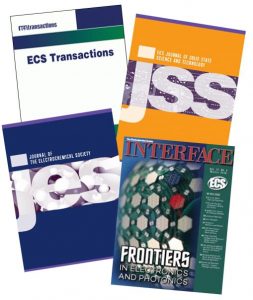 To usher in the new year, ECS is highlighting the articles from the Journal of The Electrochemical Society, the ECS Journal of Solid State Science and Technology, ECS Transactions, and Interface that received the most full-text downloads in 2018.
To usher in the new year, ECS is highlighting the articles from the Journal of The Electrochemical Society, the ECS Journal of Solid State Science and Technology, ECS Transactions, and Interface that received the most full-text downloads in 2018. 

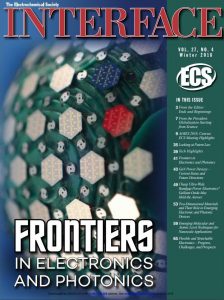 The following are the 2019 updated deadlines and submission guidelines for section and student chapter news to be considered for Interface.
The following are the 2019 updated deadlines and submission guidelines for section and student chapter news to be considered for Interface.
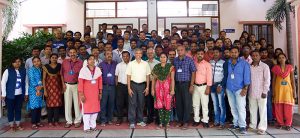
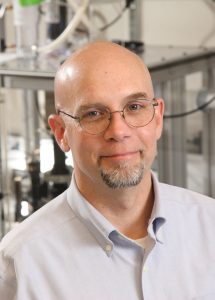 The Electrochemical Society has appointed Robert G. Kelly of the
The Electrochemical Society has appointed Robert G. Kelly of the 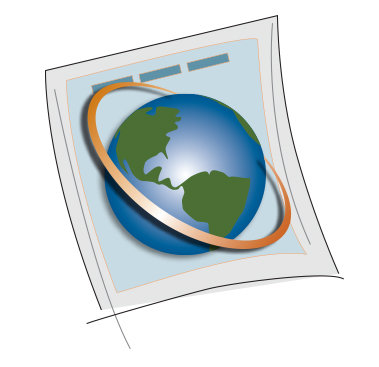 By: Alice Suroviec, Berry College
By: Alice Suroviec, Berry College
 The following are the updated guidelines for submitting student chapter updates for publication in Interface.
The following are the updated guidelines for submitting student chapter updates for publication in Interface.